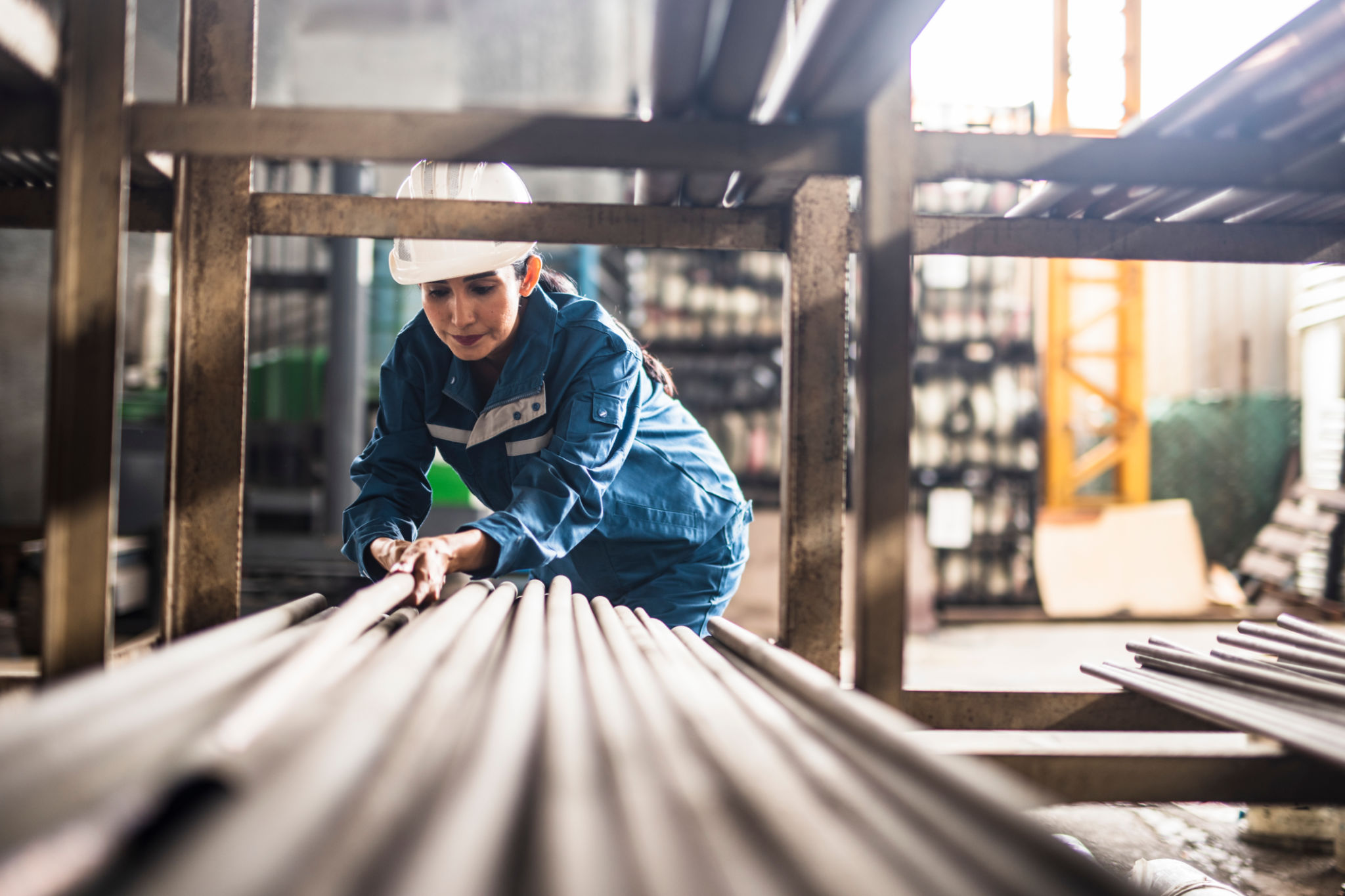Myths About Metal Fabrication: What You Need to Know
Understanding Metal Fabrication
Metal fabrication is a crucial process in various industries, from construction to automotive manufacturing. However, several myths surround this field, leading to misconceptions and misunderstandings about its true nature. In this blog post, we aim to debunk some of these myths and provide you with a clearer understanding of what metal fabrication truly entails.

Myth 1: Metal Fabrication Is Only About Cutting and Welding
One common misconception is that metal fabrication only involves cutting and welding. While these are essential components, metal fabrication encompasses a broad range of processes including bending, assembling, and finishing. Each step requires precision and expertise to ensure quality results. By understanding the full scope of metal fabrication, businesses can better appreciate the skill and craftsmanship involved.
Myth 2: All Metals Are Fabricated the Same Way
Another myth suggests that all metals undergo the same fabrication processes. In reality, different metals require distinct handling techniques due to their unique properties. For instance, aluminum is lighter and more malleable than steel, so it demands different cutting and welding methods. Fabricators must tailor their approaches based on the type of metal to achieve optimal results.

Technical Expertise in Metal Fabrication
Many people assume that metal fabrication is a simple task that doesn’t require much expertise. However, this couldn’t be further from the truth. The field demands a deep understanding of materials, machinery, and technology. Skilled fabricators are well-versed in reading blueprints, using computer-aided design (CAD) software, and operating complex machinery to bring designs to life.
Myth 3: Metal Fabrication Is Obsolete
With the rise of digital manufacturing techniques like 3D printing, some believe metal fabrication is becoming obsolete. However, this myth overlooks the resilience and adaptability of traditional fabrication methods. While new technologies are indeed emerging, metal fabrication remains indispensable for producing strong, durable components that meet specific industrial standards.

Myth 4: Metal Fabrication Is Too Expensive
Cost concerns often lead to the belief that metal fabrication is prohibitively expensive. While it’s true that the initial investment in equipment and skilled labor can be significant, the long-term benefits often outweigh these costs. Metal fabrication provides durable and reliable products that offer great value over time. Moreover, advances in technology have made processes more efficient, helping to reduce expenses.
The Future of Metal Fabrication
Despite common misconceptions, metal fabrication continues to evolve alongside technological advancements. Innovations such as automation and robotics are streamlining operations and enhancing precision. As the industry progresses, it’s essential for businesses to separate fact from fiction to make informed decisions about their manufacturing needs.
By debunking these myths, we hope to shed light on the true nature of metal fabrication and its vital role in today’s industrial landscape. Whether you're considering a career in this field or seeking fabricators for your next project, understanding these realities can help you navigate the world of metal fabrication more effectively.
